Articles & Videos
Building motor skills in upper primary students
Categories
Subscribe to our newsletters
Receive teaching resources and tips, exclusive special offers, useful product information and more!
Building motor skills in upper primary students
Writing Time 13/9/21
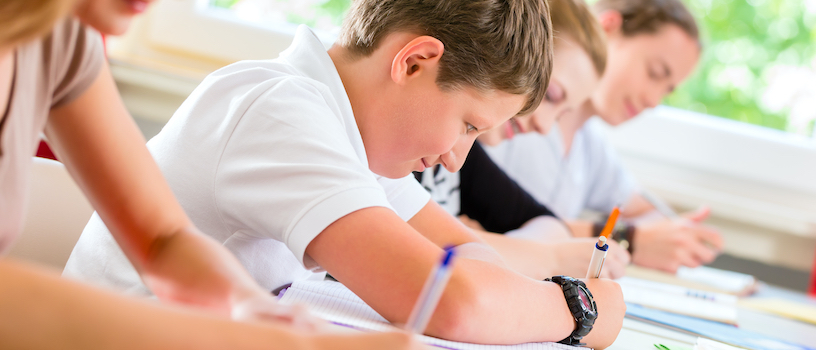
If students reach middle to upper primary school with poor motor skills, it can negatively affect their writing. Not only does the physical act of handwriting become tiring, it can also hinder their ability to write fluently. Students simply don’t want to pick up a pen and write an imaginative text or persuasive essay, not because ideas aren’t flowing, but because they don’t have adequate control over the tool used to get the job done.
If you are noticing this issue among your students, it might be caused by a deficiency in gross and fine motor skills. Gross motor skills require students to use their back, shoulder and arm strength to assist with postural control and stamina. Fine motor skills require strength and dexterity in the lower arms, wrists, hands and fingers. Students rely heavily on these skills to handwrite correctly and fluently.
Here are a few activities that could help your upper primary students develop gross and fine motor skills in engaging ways.
Bean bag toss
Start by asking students to partner up. Then ask them to stand on one leg and throw small bean bags to one another. You can try many variations to bump up the difficulty such as one-handed catching, time limits or adjusting the distance students stand apart.
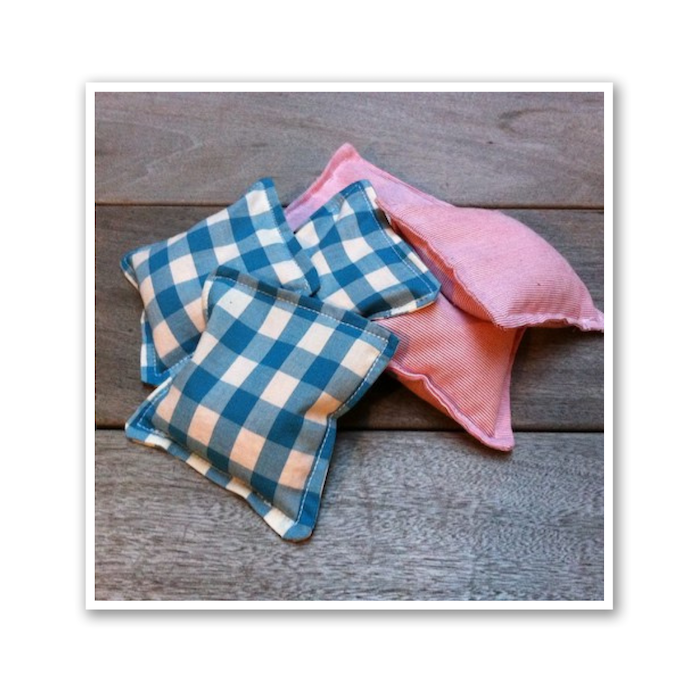
Crab soccer
Divide your group of students into two teams with two goalies. Demonstrate how to move around in the crab position, with both hands and feet touching the ground and your stomach pointing towards the sky. Explain that players can only kick the ball with their feet, no hands are allowed. Drop the ball in the centre of the field for kick-off. Each team will then try to get the ball into the opposing team’s goal.
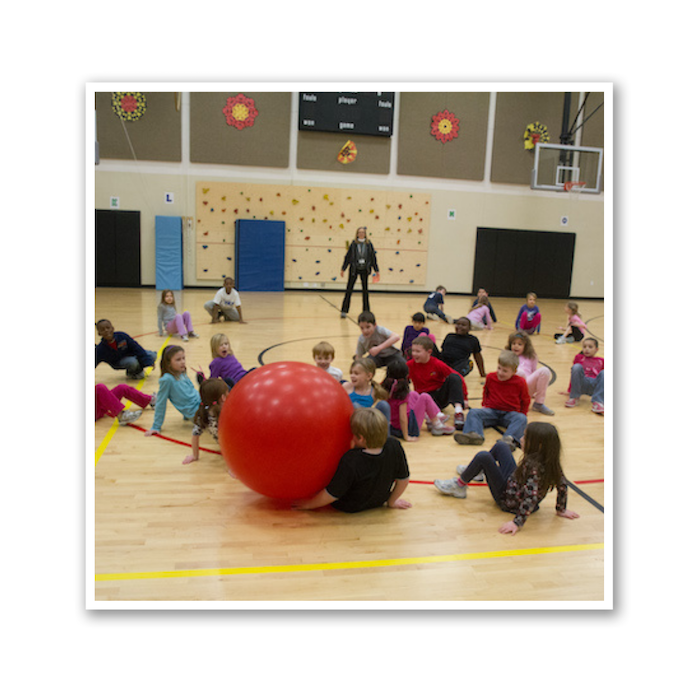
Juggling
Get students to make their own juggling balls using rice and balloons. Allow time for them to practise their juggling skills, starting with two balls before advancing to three.
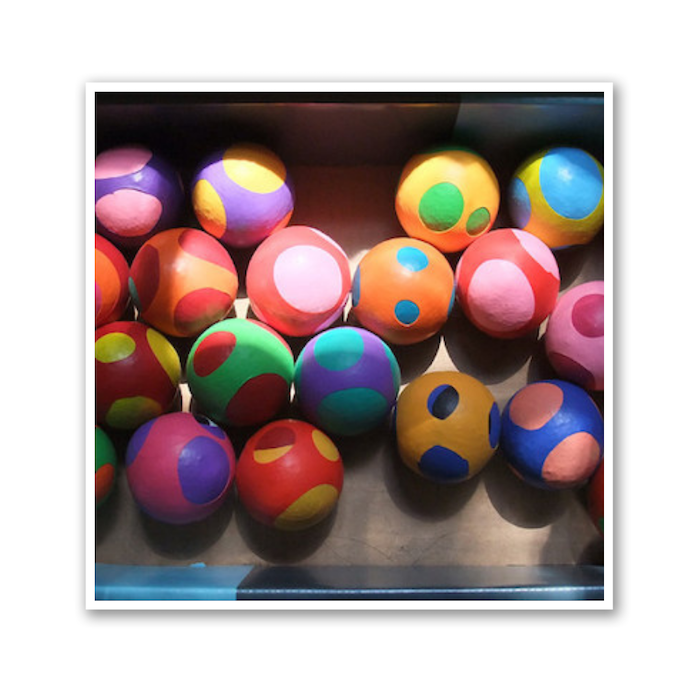
Fine art
Fine art activities are a great way for students to work on the slants, slopes and loops needed to develop letter formation skills. Writing Time contains a range of beautiful, full-page art activities to get hands moving as they trace fluency patterns to complete their own works of art.
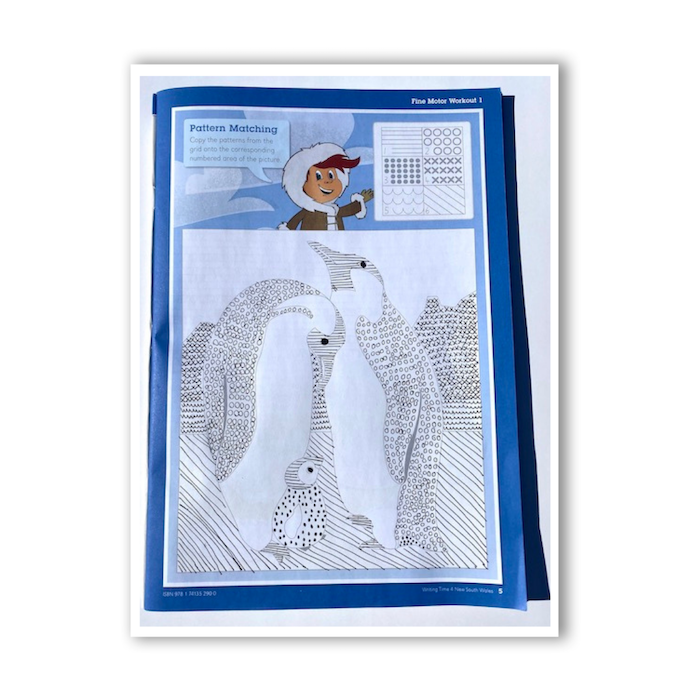
Golf game
Give your students butchers paper and in partners or groups, have them draw their own mini golf courses with a tee marked at the beginning and a hole at the end. Give each student two counters. Tell students to press one counter onto the other counter to flick it along the course. Count the number of shots taken. The student who gets their counter in the hole in the least number of shots, wins.
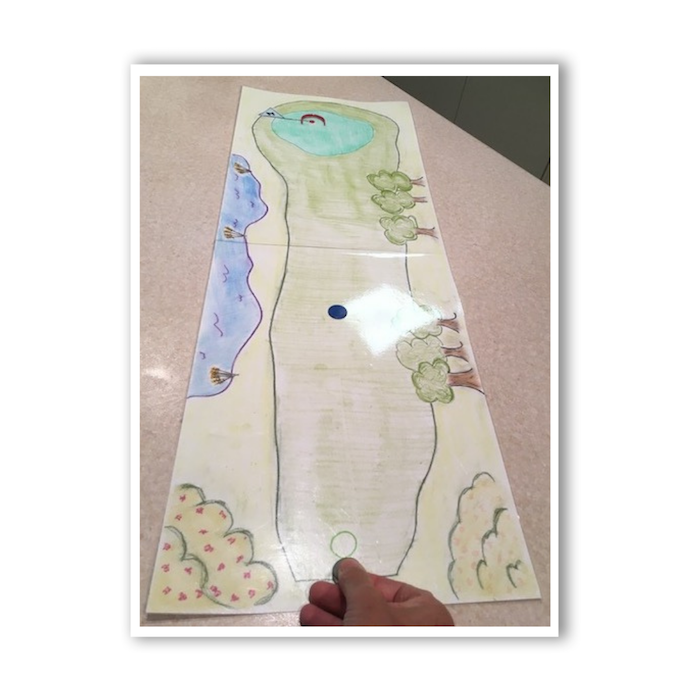
Magic sand
Ask students to practise writing words in magic sand using their pencils. Students will learn that pressure is important in this task and pressing too hard will become too messy!
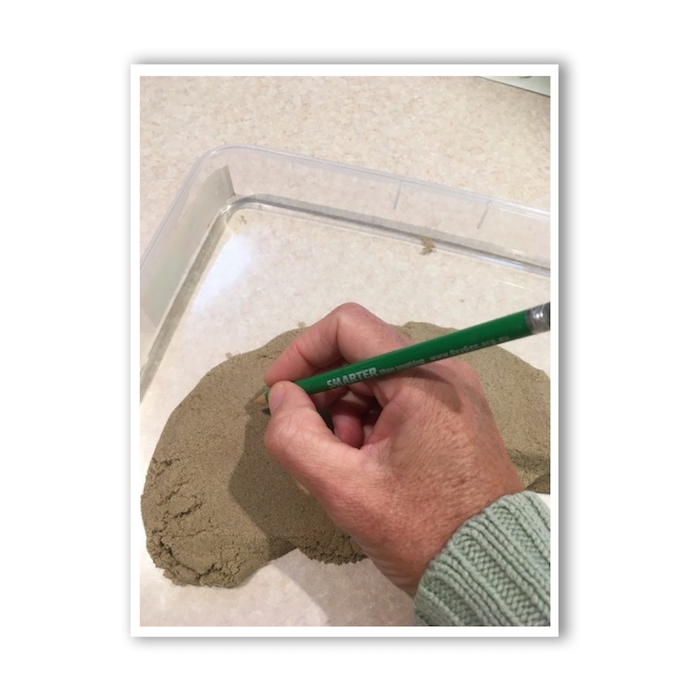
When your upper years students begin to develop their fine and gross motor skills, and improve their handwriting fluency, it will be easier to foster their love of literacy.
Note: If an upper primary student has persistent issues with fine and gross motor skills despite explicit handwriting instruction and ongoing guided practice, they may require more intensive intervention from a qualified specialist.